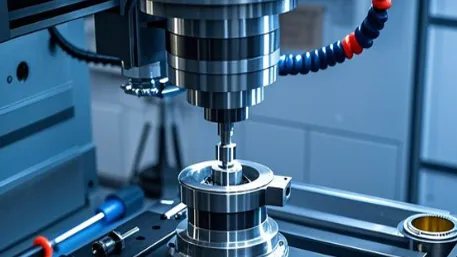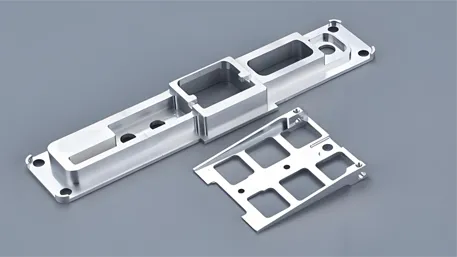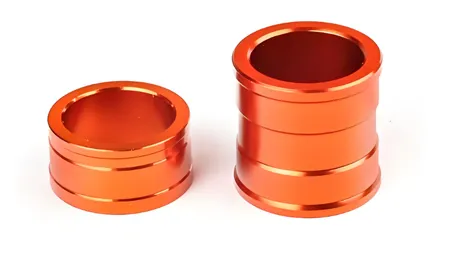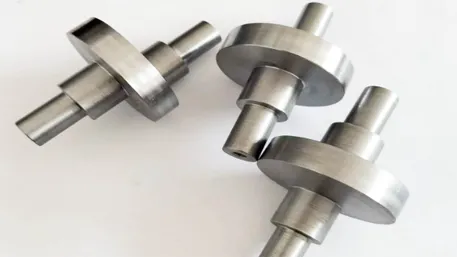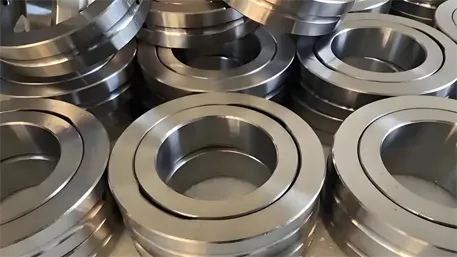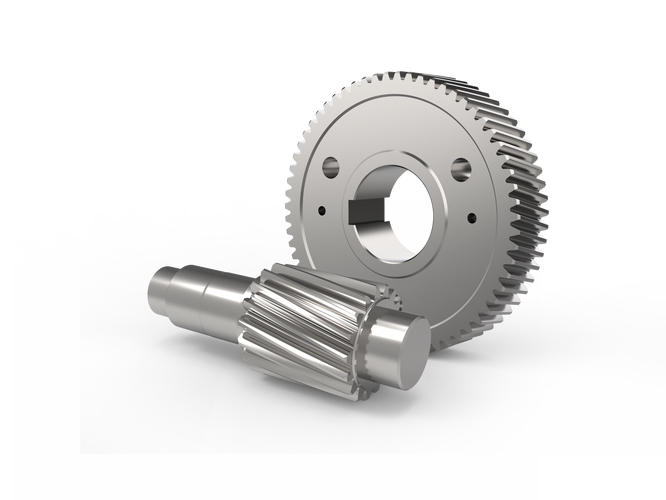I. Overview of MIM Technology
1.1 Technical Principle
Metal Injection Molding (MIM) technology applies plastic injection – molding technology to the powder metallurgy field. First, fine metal powders are mixed with an organic binder to make a feedstock. Then, the feedstock is injected into a mold cavity by an injection – molding machine and solidified into a green part. Subsequently, the binder is removed, and finally, the part is sintered to make it denser, resulting in a metal product. Microscopically, the powder particles are combined with the help of the binder. After debinding, the number of pores increases. During sintering, atomic diffusion and fusion occur, reducing the pores and achieving densification.
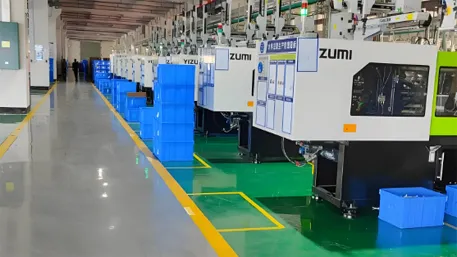
1.2 Process Steps
Mixing: Thoroughly mix the metal powder with the organic binder, controlling the temperature, time, and stirring speed. This makes the mixture have good rheological and lubricating properties, preparing it for injection molding.
Injection Molding: Heat and plasticize the feedstock, and then inject it into the mold cavity using an injection – molding machine. Parameters such as injection pressure, speed, and mold temperature are crucial as they ensure the feedstock fills the cavity precisely to form a pre – formed part.
Debinding: Remove the binder from the green part through methods such as solvent extraction, thermal decomposition, or catalysis, ensuring that the binder is removed without reducing the strength of the green part.
Sintering: Sinter the debound green part to make it shrink and densify. The sintering temperature, time, and atmosphere affect the metallographic structure and properties of the product.
Post – processing: Some parts require post – processing such as heat treatment, machining, and surface treatment to meet the requirements of precision and surface quality.
1.3 Technical Advantages
High Precision and Complex Shaping: It can manufacture parts with complex structures, has small dimensional tolerances, reduces subsequent processing, and lowers costs.
Micro – uniformity and High Performance: The green part has a uniform microstructure. After sintering, the product has a high density and good mechanical properties.
High Material Utilization: The injection feedstock can be recycled, with a material utilization rate close to 100%.
Suitable for Mass Production: Metal molds have a long lifespan, injection – molding efficiency is high, and product consistency is good.
Wide Range of Applicable Materials: It is suitable for various powder materials and can also manufacture parts made of alloy materials.
II. MIM Material Selection
2.1 Commonly Used Metal Materials
Iron – based Alloys: Widely applied, including various stainless steels, low – alloy steels, etc. For example, 17 – 4PH stainless steel, the MIM process overcomes its processing difficulties and is used in multiple fields; Fe – Ni alloy is used for internal structural parts, etc., due to its magnetic properties.
Titanium and Titanium Alloys: Lightweight, high – strength, and corrosion – resistant, mainly Ti – 6Al – 4V and pure titanium CP – Ti. The MIM process solves the traditional processing problems of titanium alloys, and they are widely used in fields such as smart wearables and medical applications. Research on new titanium alloys is also in progress.
Tungsten Alloys: Alloys containing tungsten, with high melting points and high densities, are applied in fields such as national defense, aerospace, and medical, and the main material systems include W – Ni – Fe, etc.
Hard Materials: Such as cemented carbides and cermets, which are suitable for the MIM process and are used in fields such as cutting and machining.
2.2 Influence of Material Properties on the Process
Powder Characteristics: The powder used in MIM has a small particle size, which is beneficial for mixing and molding. However, if it is too fine, it is easy to agglomerate, affecting the process. An appropriate particle size distribution is very important.
Binder Compatibility: The binder should be compatible with the metal powder, and the amount used should be appropriate to avoid affecting the product quality and performance.
Sintering Performance: Different materials have different sintering temperatures, shrinkage rates, etc. Sintering parameters need to be optimized to ensure product quality.
III. MIM Market Dynamics
3.1 Global Market Size and Growth Trend
The global MIM market is on an upward trend. From 2016 to 2018, the market size increased from $2.46 billion to $2.87 billion. It is expected to reach $5.26 billion in 2026, with a compound annual growth rate of 10.7% from 2023 to 2029. The increasing demand for precision metal parts in multiple fields, as well as the innovation and improvement of MIM technology, drive the development of the market.
3.2 Regional Market Distribution
The Asia – Pacific region dominates the global MIM market. China accounts for more than 60% of the demand in the Asia – Pacific region, and Japan is also an important market. The North American market is driven by fields such as medical and firearms, and the European market is promoted by the automotive and consumer goods industries.
3.3 Analysis of the Competitive Landscape
The global MIM market is highly competitive, with numerous international enterprises participating, including multinational companies and professional manufacturers.

